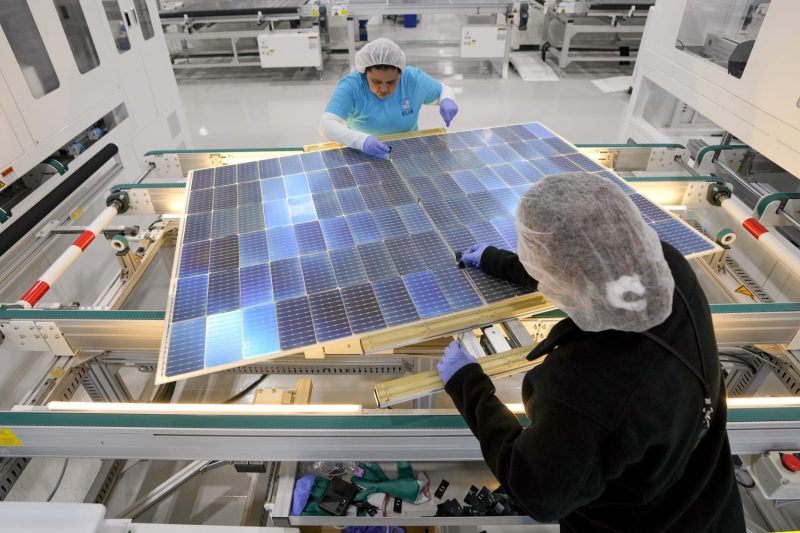As the landscape of the U.S. labor market undergoes a significant transformation, a clear shift toward skilled labor is becoming increasingly apparent. This evolution comes at a time when white-collar hiring appears to be on the decline. The repercussions of these changes are manifold and offer both challenges and opportunities for individuals, businesses, and policymakers.
One of the primary drivers of this shift is the rapid advancements in technology and automation. As machines take over routine tasks previously carried out by clerical or administrative workers, the demand for skilled labor with specialized expertise in operating and maintaining these technologies is rising. This trend is evident across various industries, from manufacturing and construction to finance and healthcare.
Moreover, the COVID-19 pandemic has accelerated the adoption of remote work arrangements and digital solutions, further emphasizing the need for employees with digital literacy and technology skills. Employers are increasingly seeking individuals who can adapt to virtual work environments and navigate complex digital platforms, underscoring the importance of upskilling and reskilling in today’s job market.
While the shift toward skilled labor presents challenges for individuals transitioning from traditional white-collar roles, it also opens up new opportunities for career growth and advancement. By acquiring in-demand skills and certifications, workers can position themselves for high-paying jobs in emerging sectors such as cybersecurity, data analytics, and artificial intelligence. Additionally, the increasing demand for skilled labor is driving up wages in certain professions, providing financial incentives for workers to pursue training and education in specialized fields.
Businesses are also adapting to this new labor market reality by investing in training programs and partnerships with educational institutions to cultivate a pipeline of skilled talent. Companies that prioritize workforce development and continuous learning are better equipped to attract and retain top talent, enhancing their competitiveness in an increasingly digital and globalized economy.
Policymakers play a crucial role in facilitating this transition by supporting initiatives that promote skills development and workforce training. By investing in education, apprenticeship programs, and vocational training, governments can help bridge the skills gap and ensure that individuals have the tools they need to succeed in the rapidly changing labor market.
In conclusion, the shift toward skilled labor in the U.S. labor market presents both challenges and opportunities for individuals, businesses, and policymakers. While the decline in white-collar hiring may pose hurdles for some, the demand for skilled talent offers prospects for career advancement, higher wages, and economic growth. Embracing this shift requires a proactive approach to upskilling, reskilling, and lifelong learning to thrive in the evolving job landscape.
